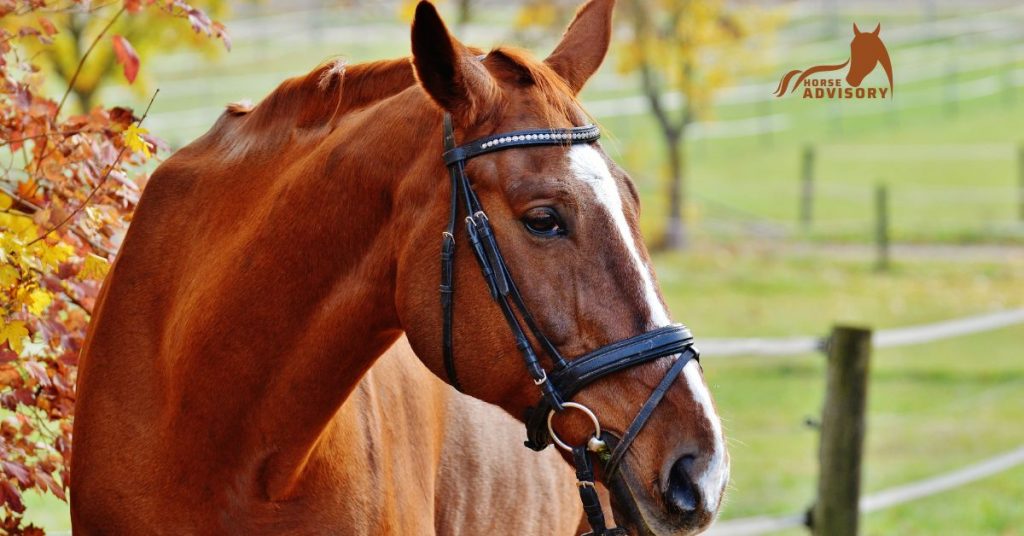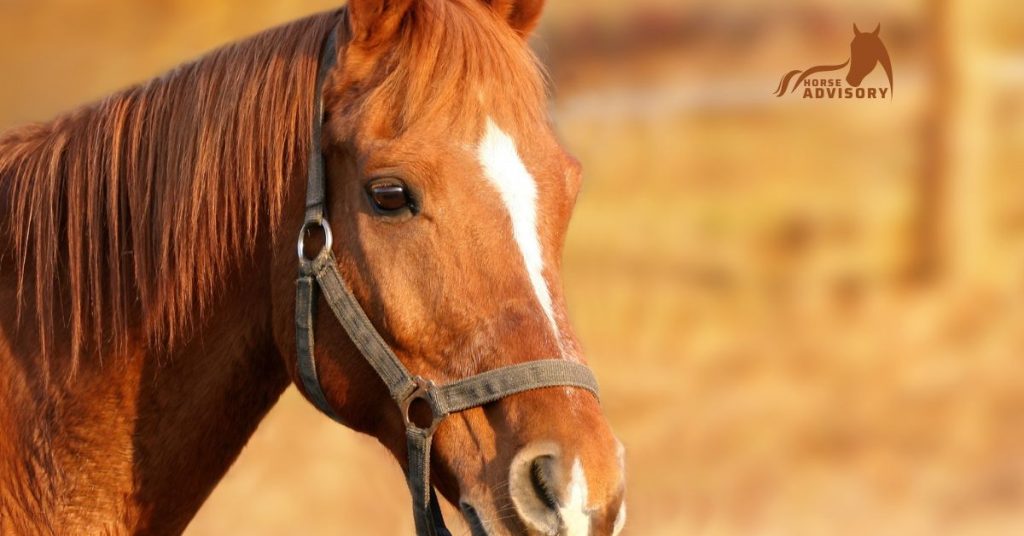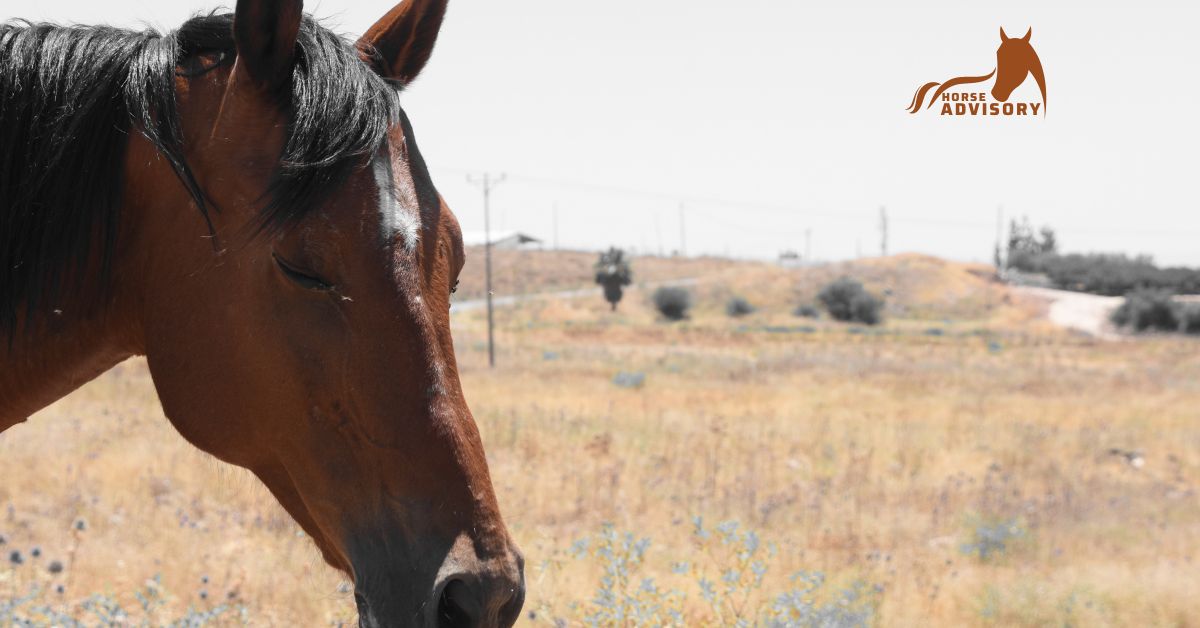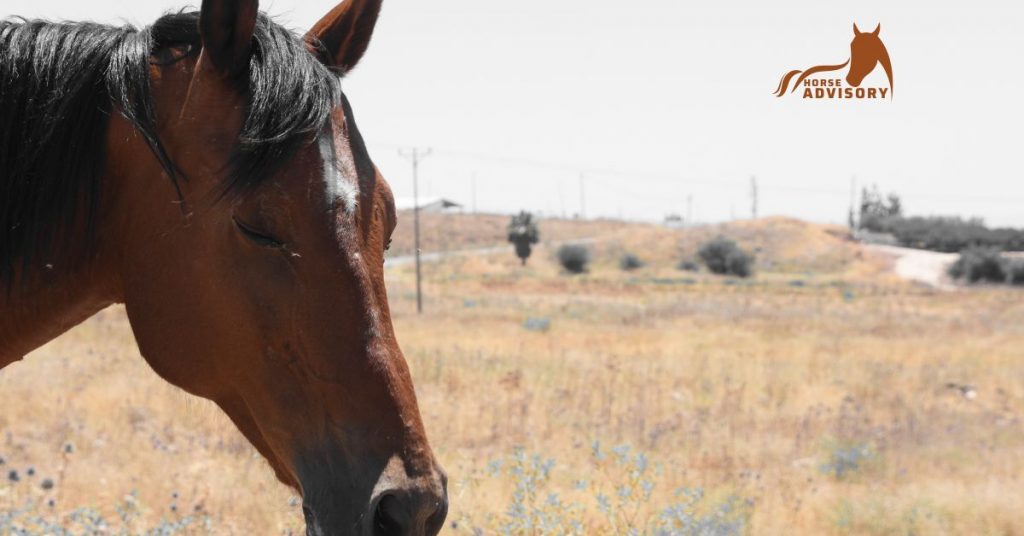We all know that horses are beautiful creatures, but did you know that their beauty is enhanced by the markings on their faces? These facial markings can be quite different from one horse to the next, and they can tell us a lot about a horse’s personality and history. In this blog post, we’ll take a look at some of the most common facial markings found on horses, and we’ll learn what each one means. We’ll also discuss how to read these markings so that you can get to know your horse better. So, if you’re interested in learning more about horse facial markings, keep reading!
the headings are
What are Horse Facial Markings?
Horse facial markings are unique patterns of white hair that appear on the face of a horse. They are usually located near or around the eyes, muzzle and forehead. The pattern, color, and position of these markings can vary greatly from one horse to another and can be used to identify an individual horse. These markings have been used for centuries to identify specific breeds, and today they are still used to help identify and register a horse. They can also be used as a marker of identity in some cases, such as when an owner needs to recover their lost or stolen animal.

Common Types of Horse Facial Markings
There are many different types of facial markings found on horses, with each one having its own unique meaning. Some of the most common horse facial markings include:
1. Star – A star is a white marking that appears between the eyes and can come in various shapes. It is often an indication that a horse has been bred for speed or agility.
2. Blaze – A blaze is a white stripe that runs down the middle of the face. It usually appears on horses with light-colored coats and is an indication of a horse’s strength and courage.
3. Snip– A snip is a small white marking located between the nostrils, often forming an inverted ‘V’ shape. It can be seen in some horses with darker-colored coats and is thought to indicate good luck.
4. Stripe – A stripe is a thin white line that runs from the forehead down the nose. It can come in various lengths and widths and is often used to identify certain breeds of horses.
5. White Forelock– A white forelock is a long, white piece of hair that hangs down from the forehead. It is often an indication of good health, and when seen on a horse it usually denotes intelligence.

How to Read Horse Facial Markings
Reading horse facial markings can be a tricky business, but with some practice, you’ll soon become an expert. When reading markings, look closely at the shape and pattern of each one. Be sure to take notice of any changes in color or size as well. It can also be helpful to compare different horses’ markings to get a better idea of what you’re looking for. Finally, remember that all horses are unique, so there’s no single ‘correct’ way to read these markings. With some patience and practice, you’ll soon become an expert! We hope this blog post has helped you understand more about horse facial markings and how they can be used to identify an individual horse. If you’d like to learn more about reading facial markings or other aspects of caring for your horse, consider enrolling in a local equestrian school or joining a local horse club.
Conclusion
Horse facial markings are unique patterns of white hair that can tell us a lot about a horse’s personality and history. Each marking has its own meaning, from indicating speed or agility to good luck and intelligence. With some practice, you can learn how to read these facial markings so that you can get to know your horse better. Whether you’re looking for an extra way to identify your horse or just curious about your equine companion’s history, understanding horse facial markings is an important part of caring for horses. Thanks for reading! We hope this blog post has helped you understand more about the fascinating world of horse facial markings. Happy observing!
Frequently Asking Questions
1. How do I know what type of horse facial markings I’m looking at?
Answer: Look closely at the shape and pattern of each marking. Be sure to take notice of any changes in color or size as well. It can also be helpful to compare different horses’ markings to get a better idea of what you’re looking for.
2. Are there any breed-specific facial markings?
Answer: Yes, some breeds have distinct facial markings that are used to identify them, such as the Thoroughbred star or the Friesian’s white forelock.
3. Is it possible for a horse’s facial marking to change over time?
Answer: Yes, many horses’ facial markings can change over time or with age. If you notice that a marking has changed, it may be worth consulting a vet for advice.
4. Is there any way to know the meaning of a particular horse’s facial marking?
Answer: Generally speaking, no – as all horses are unique, it is not possible to definitively determine the meaning of their markings without some research or experience. However, if you have access to information on the breed of your horse (if known) then you may be able to find out more about common traits associated with its facial markings. Additionally, consulting an experienced equine professional can help provide insights into how these markings can be interpreted.
5. Does a facial marking have to be white in order for it to be considered a facial marking?
Answer: No, not necessarily. Some horses may have markings that are of different colors and these can still be considered as facial markings. It is important to remember that every horse is unique and its facial markings will vary significantly, even within the same breed. It is always best to observe the horse closely in order to identify any pattern or variation in its facial markings.





